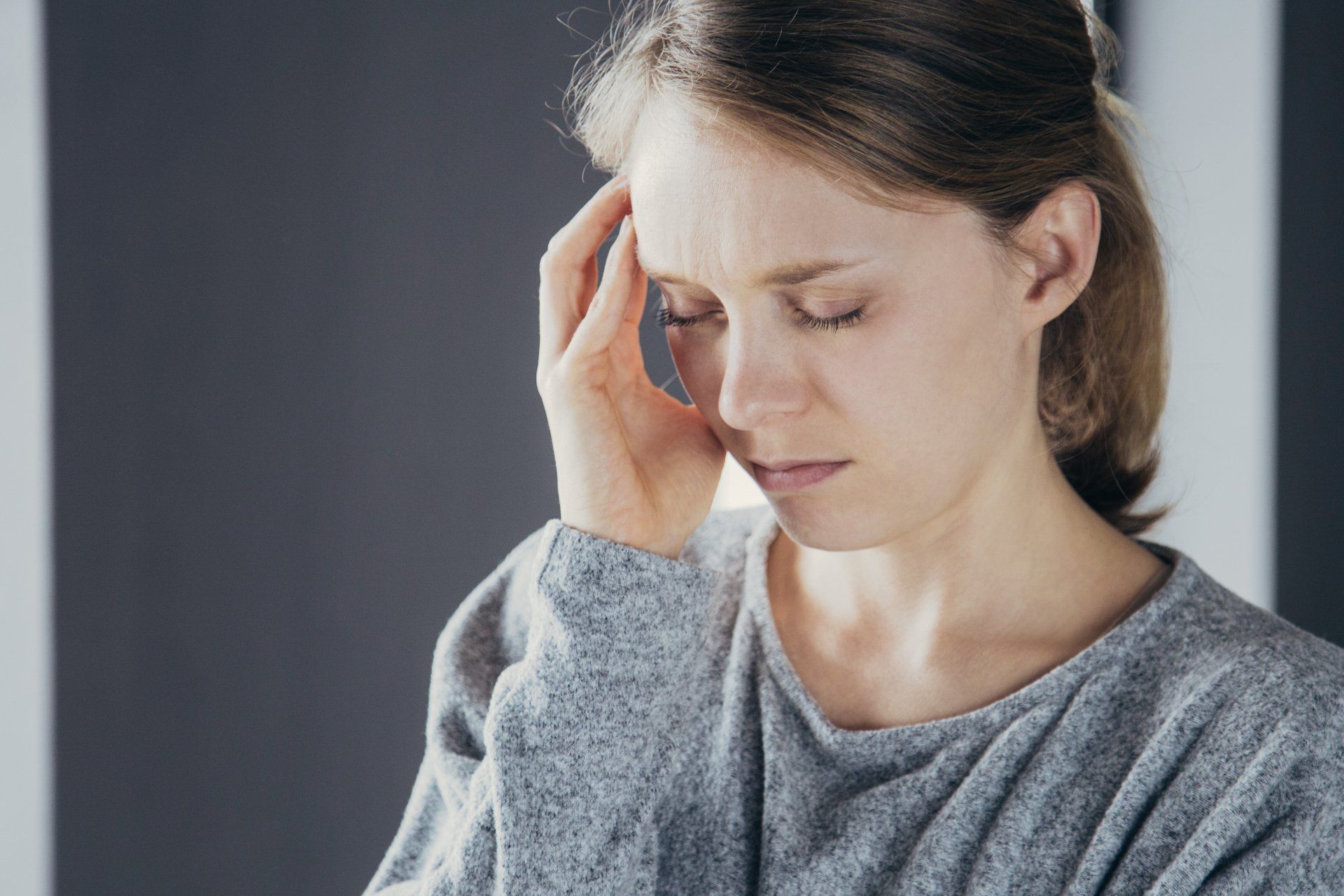John Fletcher
John Fletcher
Physiotherapist
John Fletcher is a Masters qualified physiotherapist from the University of Queensland. He completed his Honours specialisation in Rehabilitation Sciences and majored in sociology at Western University in Canada. John has completed research in the areas of head and neck injuries including whiplash and concussion rehabilitation, and during his career in private practice has expanded his extensive knowledge base into treating Low Back Pain and Sporting Injuries.
John’s calm demeanour and active listening, combined with his incredible talent and extensive extra training since graduation, serves him well when treating a wide variety of patients and pain conditions.
Outside of the office John enjoys keeping fit with sport. He has traded his hockey skates for a surfboard, year-round cycling, and any sport he can get his hands on.
Book an Appointment with John nowClick on the button to see when you can visit, or call 07 3392 4699.

By Chris Fawcett
•
01 Aug, 2022
Do you have pain on the right side of your head? Behind your right eye? Throbbing pain in your right temple? If you get right-sided headaches, then this is the blog for you! Firstly, the most important thing to consider when suffering with right sided headaches, is that it’s nothing catastrophic – what we would call a ‘red flag’. Red flags that we look out for include: It’s a brand-new headache that you have never had before It’s the worst headache you have ever had If any neurological symptoms are occurring Numbness or tingling in your hand or limbs Speech impairments Face drooping etc. If any of these things have started happening, that's never ever happened before, you need to get assessed immediately. We highly suggest going to the hospital or to the doctor and make sure that nothing nasty, like a stroke or tumour or a bleed, or anything like that is happening. However, if all of that's clear, your MRIs are clear, you've been to the GP, it's been there for a little while and you are still suffering, then we may just have the answer for you! Generally, what we find is that there's a problem on the right-hand side of your neck. Normally at the OC1 joint or the C23 joint, a little bit lower down. The area of your pain gives us a good idea as to what joint might be the cause of the pain. The first one, if the pain is right at the very top of the head, it can sometimes go up and behind the ear, around the temple and into the temple - it's more likely to be the OC1 joint at the top of the neck that's causing this type of pain. Whereas, the C23 joint, refers the pain up and over the head and into the eye, and behind the eye. This is more likely for a right-sided cluster headache, for example, or a right-sided migraine that's just throbbing and thumping on one side of the head. On occasion, it can be a combination of both joints, OC1 and C23 causing the symptoms to happen. If you have right-sided headaches and your scans are all clear, then you should consider having your neck assessed. Specifically, the right side of your neck, the OC1 joint, the C23 joint, or the inferior oblique muscle that connects the two. Hope this information was helpful – if you have any questions, please reach out to us here .

By Chris Fawcett
•
29 Jul, 2022
The last week of July every year is National Pain Week. It is an initiative of Chronic Pain Australia, who for 20 years have been working to "reduce the unnecessary suffering and isolation caused by Chronic Pain in the Australian Community". We are extremely passionate about enhancing the community's understanding of headache and pain conditions, and advocating for sufferers - to show them the best ways to manage and treat their conditions. So for National Pain Week 2022, we are sharing with you.... Our Top 5 Tips for Managing Chronic Pain

By Chris Fawcett
•
19 Jul, 2022
Triggers… Did you know that they may not be as important as you might think? We get a lot of questions asking why certain things trigger a person’s headache to begin. Most often we hear things like red wine, chocolate, stress or not sleeping enough. In the literature these things are called “triggers”. It’s common for patients to identify what their triggers are - so that they can avoid these triggers with the intent of actually not getting the headaches and migraines anymore. While this might seem simple, surely its easy going without a few things, but there's a problem with this approach… At some points, sometimes there are legitimate things that can cause headache and migraine to happen, like when a person has an allergy. So if you've got something like celiac disease or are allergic to some kind of substance, and genuinely allergic to it, then your inflammatory response may cause the headaches and migraines to happen. However, with triggers like red wine, chocolate, bananas, tomatoes.. it is common that sometimes the migraine happens and sometimes it doesn't. For example; We often hear people say “I can have half a glass of wine and I'm fine, but if I have one glass of wine I'm not” or “I can have half a glass of wine if I'm not tired, but if I'm really tired and have half a glass of wine then I'm wiped out for three days”. It’s really quite mystifying! Triggers that sometimes happen with patients leave them feeling baffled as to what's going on. So lets go back a step… what is the cause of the headaches and migraines in the first place? Headaches and migraines occur when you have a sensitization process happening at the back of your brain at the top of your spinal cord in what's called your ‘brainstem’. There is a lot of different areas that pass in through this special area. Such as the neck, jaw, face, your skin around your face, and a few things from your fight or flight response, your tongue and your ears as well. Also of course, the feeling of the blood vessels inside your brain also have an influence here. All of these things go into the same part of your brain. Then what happens is that part of the brain becomes sensitized. So, if there's anything that's out of the ordinary for any of those things, all of a sudden it starts to become a bit of a problem. If you've already got a sensitized system and then you have something that impacts the serotonin level that's going through your bloodstream or perhaps the blood pressure going up or down, then those are normal changes in serotonin, those normal changes in blood pressure, those normal changes in posture perhaps start to cause a headache and a migraine to happen when generally it shouldn't and normally it doesn't. So… knowing this, instead of looking at what triggers we can avoid… It may be more beneficial to look at what is sensitizing your system in the first place. What is the cause of a sensitized system? The most common one is the top of the neck. The top three joints of the neck can sensitize that system really, really nastily in some people (often, it's actually just one joint). When one or all of these joints are not moving nicely, it can cause a myriad of different problems like; headaches, migraines of nausea, vomiting, dizziness. Here’s our way of explaining it…. If, say for example, a parcel was being sent from overseas to arrive here in Australia. The parcel is a box, and in the box was a hat, sunglasses, shorts and a book inside. Now as it is ready to be sent… a person in the warehouse puts a bag of anthrax into the box. The next thing you know… it’s all packaged up in the one box and sent to customs in Australia. Obviously when it gets to customs in Australia, the alarms go off, it goes absolutely bananas. The red light starts to shake, the alarms go off, the dogs start to bark. The right squad comes in to work it out. You can agree that there's nothing wrong with the hat, sunglasses, shorts or the book in the box... But the whole box is being shown as being dangerous because there's anthrax in it, okay? So, on its own, the hat, the sunglasses, the shorts and the book are actually all pretty good, but because the box has anthrax in it, the alarm system says that it's actually really, really dangerous and that box should be treated with absolute caution. This is kind of what happens with headache and migraine. If you've got something that's sensitizing the system. Say for example, the neck is acting as the anthrax in this situation. When you have extra things going into that box, e.g. a bit more tired than usual, a bit more exercise than usual, a bit more hormones or less hormones than usual, a bit more serotonin or less serotonin than usual. Then those changes are being interpreted as a really big alarm signal when it comes to the headache and migraine. So, we need to find out what the anthrax is in your delivery box, I suppose. Majority of the time it's the neck that's causing that to happen. The advice I would give is to get your neck checked by someone who knows what they're doing. Unfortunately, there are a lot of people who claim to know what they're doing. What we have created is an eBook that explains this part of the brain. This part of the brain is called the T rigeminal Cervical Nucleus , but we like to refer to it as ‘The Headache Hub’. If you're interested in getting a copy of that feel free to click the image below, and the PDF version will start to automatically download. Have a read through what it's all about. It's about finding out what's sensitizing the system in the first place so that we can get your headaches and migraines under control. Hope that has been helpful – if you have any questions at all – feel free to reach out to us here ! Cheers and bye for now.

